Why Not End It Here, Right Now: HIDEO KOJIMA
|Errolson Hugh
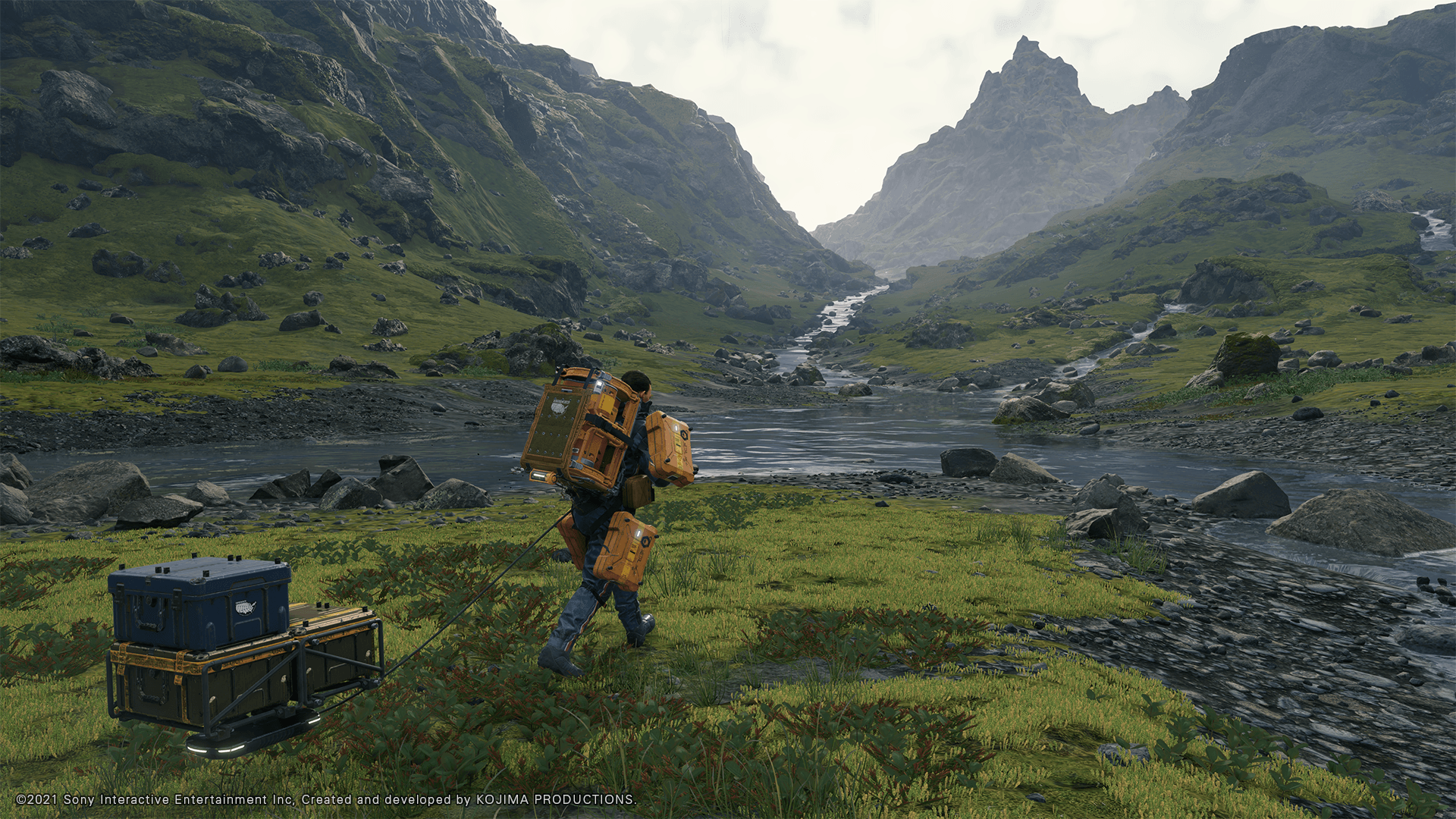
Tomorrow, January 30, sees the release of video game designer HIDEO KOJIMA’s new work OD (or, Overdose), which he developed with director JORDAN PEELE. The enigmatic trailer for the experimental, immersive game stars Sophia Lillis, Hunter Schaefer, and Udo Kier, who all speak in riddles. Like Kojima’s other work, this game is bound to expand the boundaries of what a game can do. For 032c Issue #42 Acronym’s founder ERROLSON HUGH spoke to Kojima about the apocalypse and the future.
The video games that Hideo Kojima designs are more than mere diversion. They are film-like experiences with elaborate storylines and extensive worlds. The 59-year old auteur has been creating video games since the early 1980’s, but he saw mainstream success only with Metal Gear Solid (1998), which has been credited with inventing the cinematic video game.
Revered by gamers as a prophet who foretold the disconnectedness resulting from the Covid-19 pandemic, Kojima has been described by Wired as “the medium’s Steven Spielberg, though David Lynch might be a more apt comparison.” At turns arduous and weird, the plot of his most recent game, DEATH STRANDING (2019), does feel like a Lynch film, if not a novel by Cormac Mccarthy. The central character is courier Sam Porter Bridges, who transports cargo such as morphine and a “bridge baby” through a post-apocalyptic American landscape designed by artist Yoji Shinkawa. Much of the game involves walking, adjusting your gear, eating food, and stopping to relieve yourself. By focusing on such mundane activities, Kojima wants us to give in to the heightened level of perception that comes with boredom. The trailer for death stranding further suggests that the game is about a journey to reconnect the world.
Here, Kojima speaks to his friend, fashion designer Errolson Hugh of Acronym, who makes a cameo in DEATH STRANDING and also designed clothes for the game.
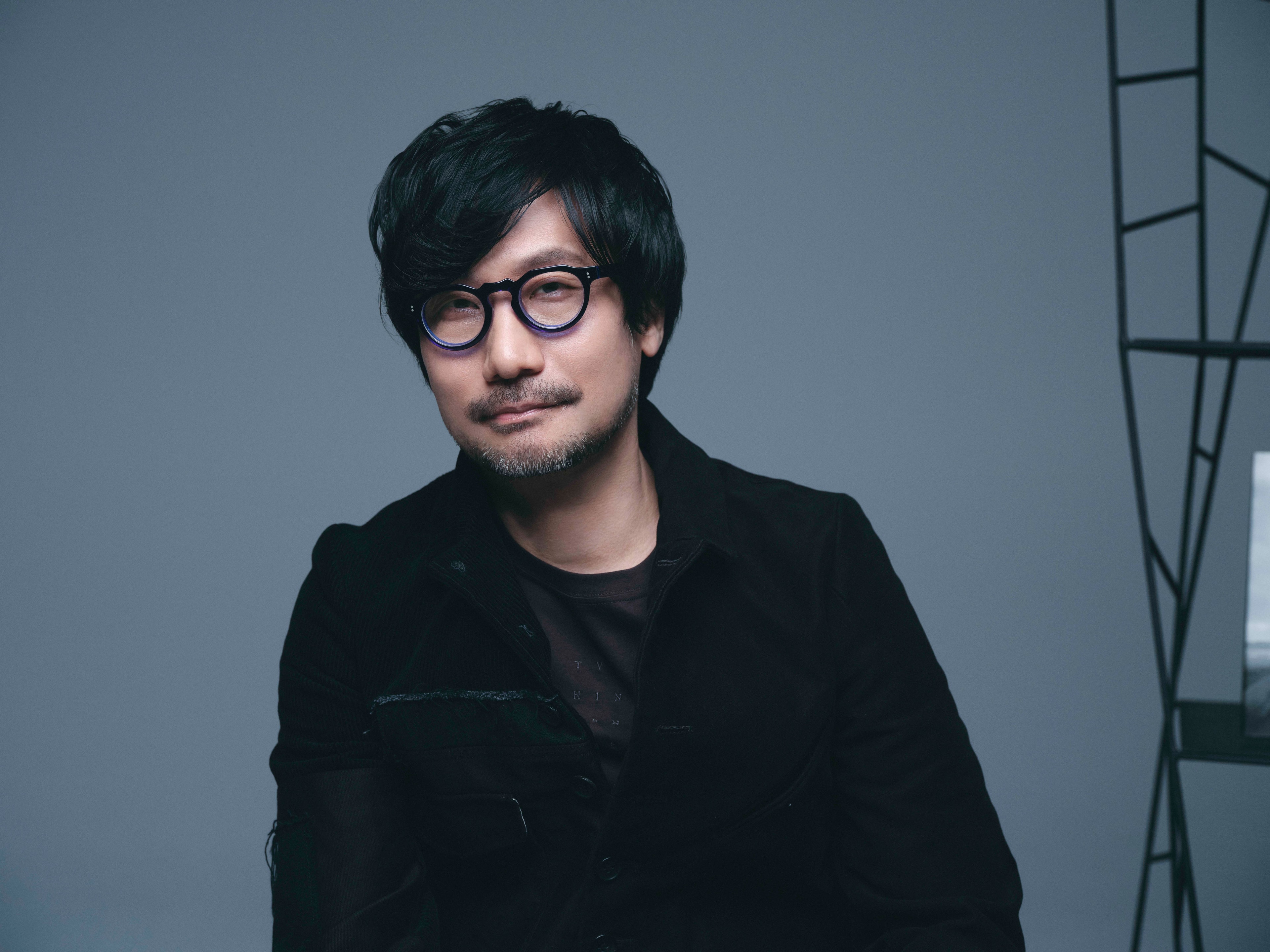
ERROLSON HUGH: The last time we saw each other in Tokyo, you were about to take your first flight since the start of the pandemic. How was your experience of moving out into the world after being at home for so long?
HIDEO KOJIMA: It was right at the same time as a typhoon was approaching, but it was great! I hadn’t been on a plane in two and a half years. The last time I flew was January of 2020. That was my first trip in a long while, and it was to Okinawa.
I was reminded that humans, as creatures, are meant to travel, and the sights and connections we may encounter by chance along the way are what’s essential. Travel and adventure are a necessity.
EH: It was amazing to see your new office coming together. The impressive scale of the space was underscored by the many still empty desks of people working from home. I guess you would have been working on DEATH STRANDING Director’s Cut during the pandemic. Did the development for this game feel like working on a game aimed at connecting people, considering everyone on the team was suddenly working remotely?
HK: I have over 36 years of experience and know-how of the gaming industry. Most things do not take me by surprise, and I’m confident I can solve any problems. However, I was shocked by the pandemic and switching to a remote work environment. Before all of this, we were creating games by taking in each other’s inspirations and opinions, seeing one another’s progress, and giving and receiving feedback. But when everything is completely remote, instructions and feedback are a one-way street, and it’s quite a difficult situation. I still go to the studio every day to create plans and direct, but the feedback process is just not the same as it was before. You can waste a lot of time dealing with miscommunication. It’s kind of like being with the other players in DEATH STRANDING whom you can’t see. At the end of the day or on weekends, reports from staff are shared, but I don’t really get to see how they are doing. It’s quite discouraging. In the creative process, it’s important to visualize the progress made along the way.
EH: More than any other game I’ve played, DEATH STRANDING will forever be interwoven with a specific time period in my life. How did you feel that so many of the themes found in the game manifested themselves in the world so soon, and so dramatically, after the game’s release?
HK: No one knows what the distant future holds. However, anyone can predict the near future, as it is a continuation of the present. That’s not a prophecy or a miracle, either. It’s similar to how artificial intelligence collects data and creates simulations of the near future. Not much imagination is required. Things that are on the brink of happening now will become even clearer tomorrow. That being said, I never dreamed that a pandemic would become our reality. I was very surprised by Covid-19. It was after the launch of DEATH STRANDING—three months had passed and a once-in-a-few-hundred-years pandemic occurred. Of course, it was not something to be happy about. I didn’t want to see such isolation and division in the real world.
EH: Your games have previously predicted other near-future events, giving you the appearance of a prophet somewhat. I’ve read that you don’t see yourself that way, but I’m curious about how it makes you feel when you accurately anticipate the development of current events? Is this an encouraging, or perhaps a discouraging, feeling for you? Does it help or hinder your creative process in any way?
HK: It isn’t foresight. You can see it by calmly observing the world around you. If things continue down this path, the world will eventually become like so. If that happens, what will happen to people’s lives? Our society? Our everyday life? From there, I start to use my imagination, hoping that the future won’t be the same. That’s all. If anything, I write the future with a sense of alarm, because I don’t want to see such a future.
EH: What things are you seeing now and in our immediate future that give you pause or concern?
HK: I am concerned about the impact that social media and various digitalization processes, like the metaverse, may have on people. That’s what I fear most. Social media, which allows anyone to communicate anonymously to the world, has created a savage and evil individualism in people. This is also a device capable of distributing lies and rumors as the truth. This was proven in the case of the fake news of my involvement in the assassination of former Prime Minister Abe, which was spread around the world. However, the scariest part in all of this comes in the next phase.
Social media is a time capsule. The things that are uploaded on there —all tweets, photos, and videos—are digital: they won’t deteriorate and will continue to exist for eternity. Eventually, all that data will be linked to personal information, and all records will be consolidated and managed. I’m sure it will be viewable, too. That will remain for generations after, even after humanity ceases to exist. Maybe even aliens will look at it. The time will come when artificial intelligence will integrate with and comprehensively evaluate all these records. Posts on social networking sites will be used to identify, assess, and rank individuals. You cannot delete the past. If it becomes like this, it will be too late. There is no way to get rid of the current social media.
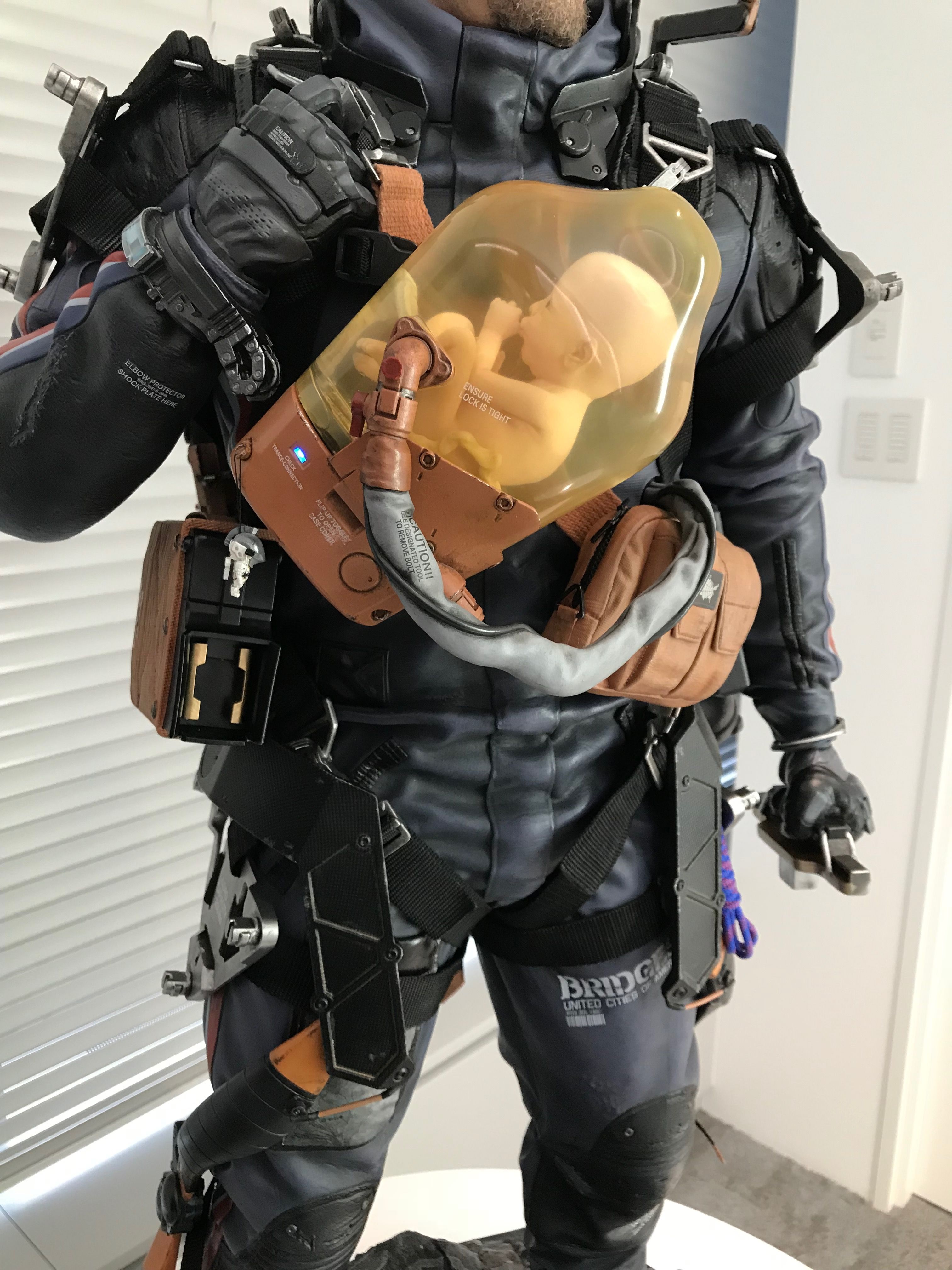
EH: What things are you seeing now and in our immediate future that give you cause for hope and optimism?
HK: The declining birth rate and continued growth of the superaged society of Japan continues to be a problem. The old will become a burden on the young. That should not happen. We should leave the resources of the Earth to the young, while old people like us should explore the new lands of outer space and other local territories. Old people are cunning. By finding ways to prevent physical aging—for example ,creating a mechanical body—it may be the beginning of a second adventure. It is the era of a 100-year lifespan. To use the wisdom of the elderly will save the world and the young—the future generation.
EH: For a game primarily focused on making connections and building empathy, your character Sam spends an inordinate amount of time on his own. Does your own creative practice function in this way as well? Do you need time on your own to create with others?
HK: Creating is a lonesome process. But it is also due to that solitude that creating is made possible. Whether I am alone or with a crowd, I am constantly dreaming inside my mind. Although games are created with many people, I do not always share my vision or what I am picturing with them. You cannot show people the inside of your head. They won’t understand until it starts to take form. That’s why I’m always alone.
SPACE AND TIME
EH: Space and time operate differently in your games. In DEATH STRANDING the meditative aspect of trekking alone through the majestic landscape was a new experience for me, as I’m sure it was for everyone else. The journey became the goal, and especially during lockdown, I found Sam’s perseverance unexpectedly profound and reassuring. Can you elaborate on how you conceived of this dynamic, and at what point you realized it would work in a game? Or, what made you realize this dynamic was so important?
HK: Grand Theft Auto invented the open world system. It was different from previous linear games—you could constantly load more of the map and go wherever you wanted. It was revolutionary. However, most open world games don’t have an element of fun while a player is en route. They use a type of warp called “fast travel” to move. You spend all this time and money on creating a vast world only to not enjoy it—that is a waste. That is why I made DEATH STRANDING into a game where traveling in and of itself is part of the fun. It’s not focused on the objective but rather on the feeling of actually walking or traveling or mountain climbing. I recreated that feeling in the game.
EH: What led you to decide that Sam could trip and fall? Are there any other games where just walking is something you need to learn and constantly focus on?
HK: A lot of games put their focus on escaping reality. You can use superpowers, run really fast, fly, use violence to take a person down, and so on. By living vicariously through games and experiencing things you could never do in real life, you can relieve some stress. That is what conventional games have been like. In DEATH STRANDING, I wanted to do the opposite. The protagonist isn’t a hero. He’s not an athlete. He’s just a porter who makes deliveries. This way, players can vicariously experience and enjoy the realistic elements of travel. One of the gimmicks is that you have to look down at your feet while moving. Herein lies the amusement of travel.
EH: The experiential space of your games extends beyond the boundaries of gameplay and game hardware at times. You go far beyond just breaking the fourth wall: you demolish it. Some of the mechanics you’ve come up with feel like eversions—the game turning itself inside out, the play experience escaping the software and crossing into the physical (e.g., Metal Gear Solid’s Psycho Mantis) or networked world (DEATH STRANDING). Does this stem from a desire to expand the scope of your games as much as possible? Or is it the result of starting out in a game design era when you had to make more with less, and were thus inclined to exploit every possible venue that your game can take advantage of?
HK: I want to break the notions of what defines a game. With their long histories, movies and books have naturally become more limited. Rules and notions are formed. Although video games have a shorter history than the former, they will eventually follow suit. It is already becoming that way right now. The younger generation who grew up with games will unconsciously put walls up around the concept of “what games should be like.” I want to break those walls. make merchandise from it. It is similar to how cosplayers become these characters outside of the game. These things will create a link between what appears in the game and the real world.
EH: The “portal” entryway to your old studio feels like it could be in a video game, at least to me. Likewise, many of the merch items in the Kojima Productions store have the same feeling. How similar or different are your approaches to creating artifacts that live in game versus in reality?
HK: To love games and everything that is encompassed in that love is much greater than what can be contained by just playing the game. The desire to enter the game world for real, to touch, to engage in communication, to make friends—everyone must be feeling these things. The act of gaming does not end with just playing the game. That is why I make merchandise. It is not to simply own goods. Or, on the other hand, I will put something in the game so that we can make merchandise from it. It is similar to how cosplayers become these characters outside of the game. These things will create a link between what appears in the game and the real world.
EH: I’m very interested in how you and Yoji Shinkawa work together. I feel like after so many years of partnership there must be an amazing symbiotic creative relationship. How do you go about making something that will live inside a game world? How do you start? How do you know when you are finished?
HK: Yoji uses my image, vision, ideas, and concepts to bring out his creativity. I think that’s the key. I relay my ideas to him, and he brings his answers to me. This in turn makes me think of even more ideas, and I relay those to him, too. This is our feedback process. This synergy creates our worldview, and I think we have a great relationship.
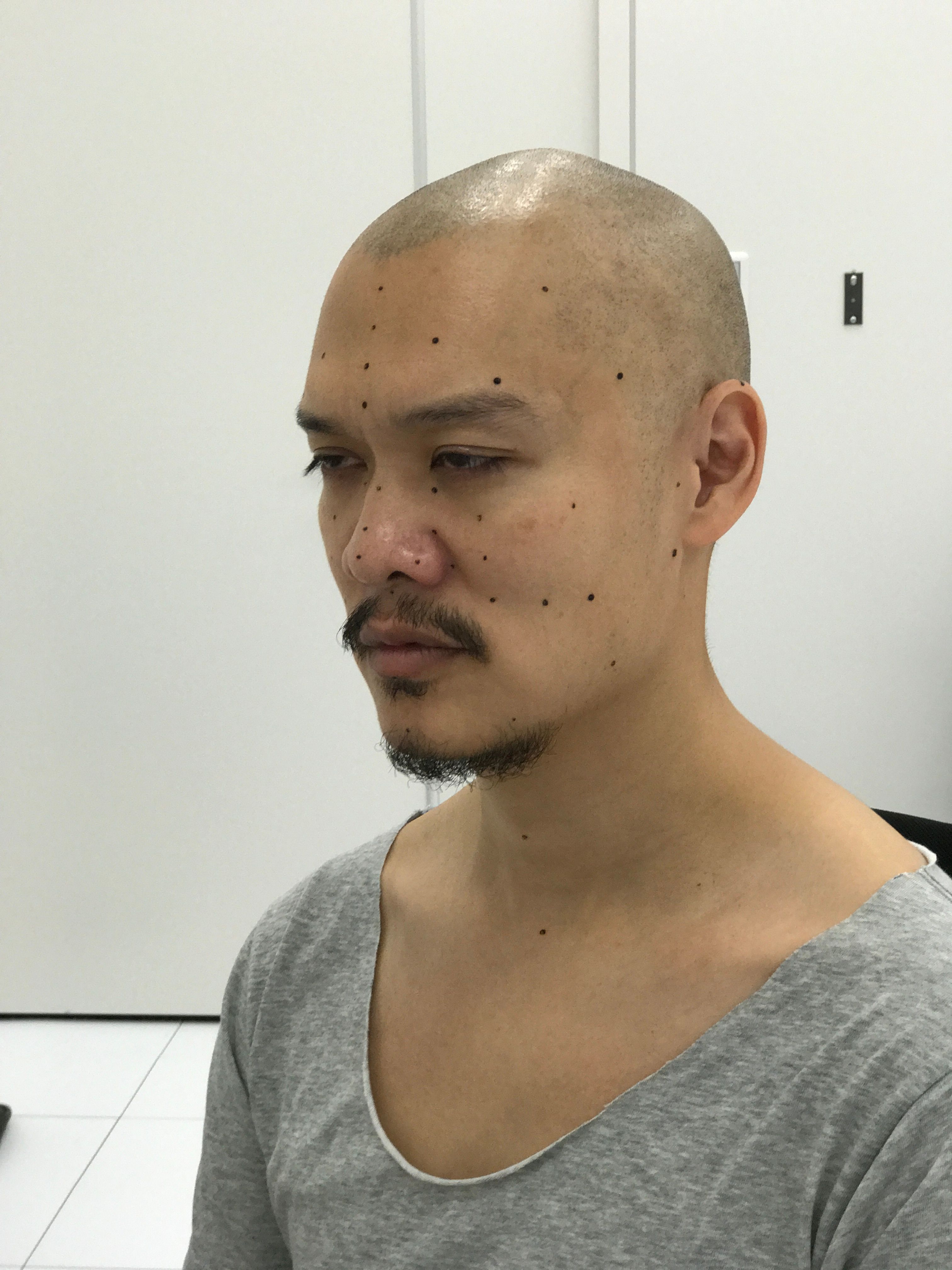
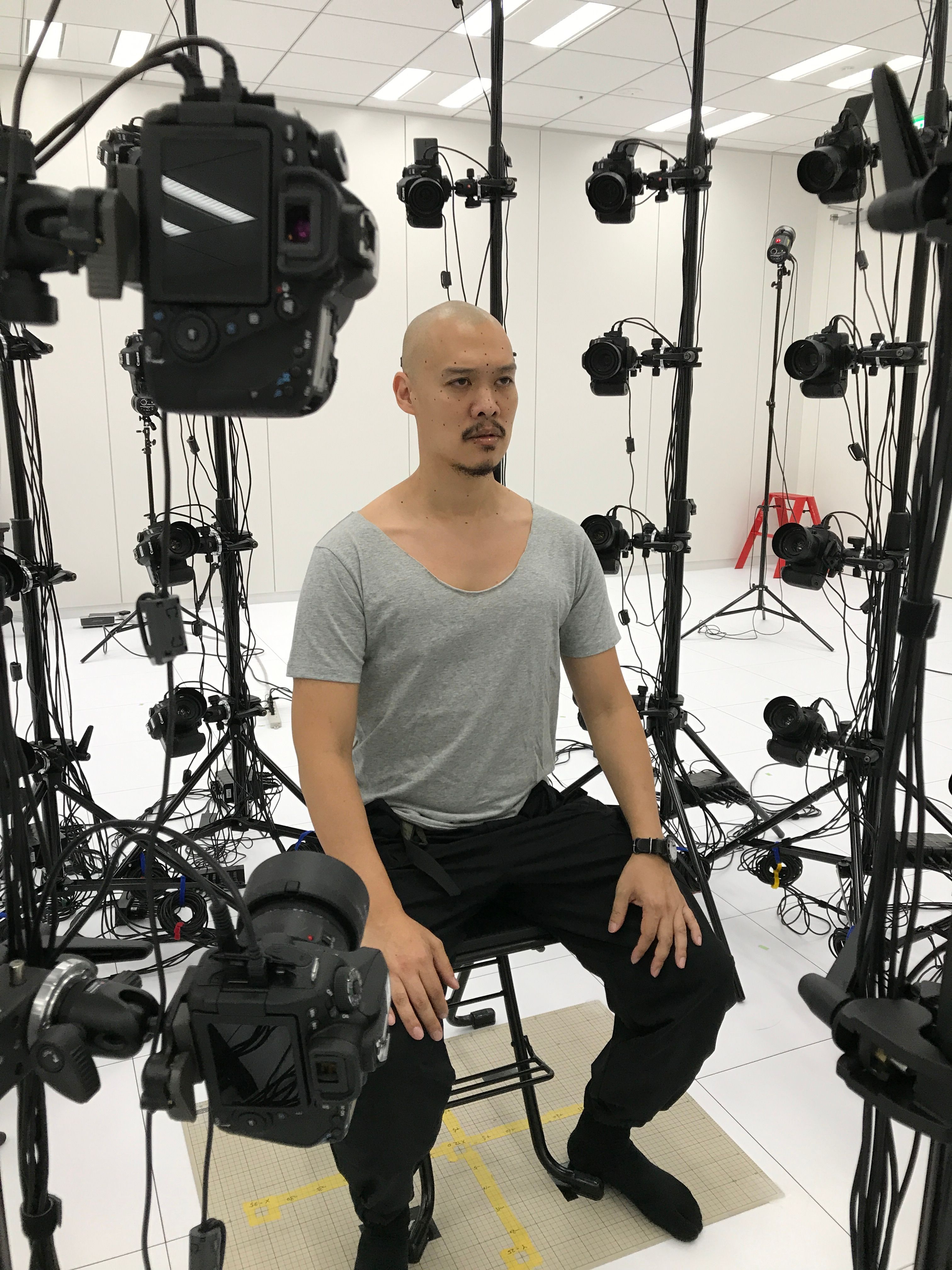
EH: You brought people into the game world as well. The cameos of so many legendary creators in DEATH STRANDING was surprising and wonderful. How did you have this idea? I am especially intrigued by your casting of two of your friends, who are both phenomenal directors, as actors in DEATH STRANDING. Can you shed any light on how and why this came to be?
HK: I had nothing when I became independent. No office, no funding, no engine, nothing. But the one thing I did have was the connections that I had established throughout my life. I began to think about implementing those connections for production, and that’s also how I got started with the game. I asked friends and the connections that I had to appear as cameos, and it is one of the lovable elements of DEATH STRANDING. Of course, Errolson appears in the game, too, and I am greatly thankful for that!
EH: I was also thrilled to see you in Nicolas Wending Refn’s Too Old To Die Young. Was that experience as cool as it looked? You were incredibly convincing with the sword!
HK: At that time, I was in LA shooting a performance capture, or PCAP. I really wanted to see Nicolas on site for his film, and since he asked me to be in it, I decided to accept his offer. Also, Nicolas being in DEATH STRANDING was another reason. The shoot was quite tough. I went to the set after I finished my PCAP shoot, and it took until the next morning. And yes, I had PCAP again that next day! I handled the sword in a way that did not follow the style of an existing form, but instead I staged my own wild yakuza-like style that I thought suited the scene.
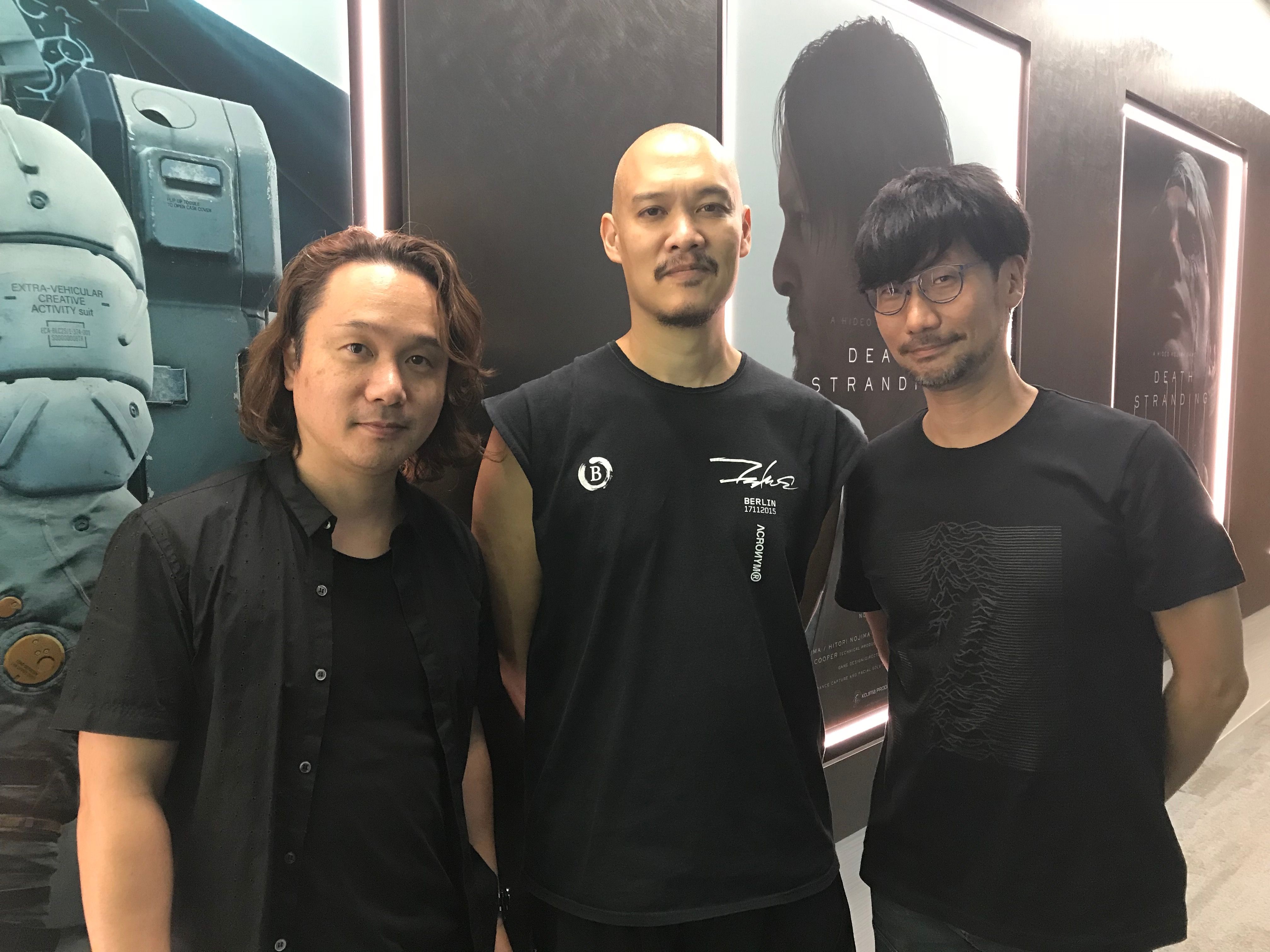
CHALLENGES
EH: You are credited with creating the “stealth” genre with Metal Gear, and the gameplay in DEATH STRANDING also breaks radical new ground. What compels you to take your audience outside of what they know, and consistently confront them with this level of newness?
HK: I think that is the primary role of a creator. The risks may be high in terms of business, but I am not creating things just to earn money. I consider myself a perverse person—I want to create something that has not existed or been created before. I want to be the first to climb to the top of Mount Everest or the first man to take a step on the Moon. I love the words “humanity’s first” or “the first in the industry.” I will be happy if there are people that follow in my steps after I take that first crazy step forward.
EH: Making something that has never been seen before is, by its very nature, a risky and often solitary proposition. On a personal level, why do you go through this effort? Where do you find the energy and motivation to push through with something new?
HK: This is an extremely lonely process because you cannot show what nobody has seen. No one will support you, so it’s very solitary work. Supporters don’t appear until the idea is visualized. There is no support until you can prove yourself successful. People even treat me as though I am crazy. Therefore, you can only trust yourself. If you give up, nothing new will ever be realized.
Credits
- Text: Errolson Hugh
Related Content
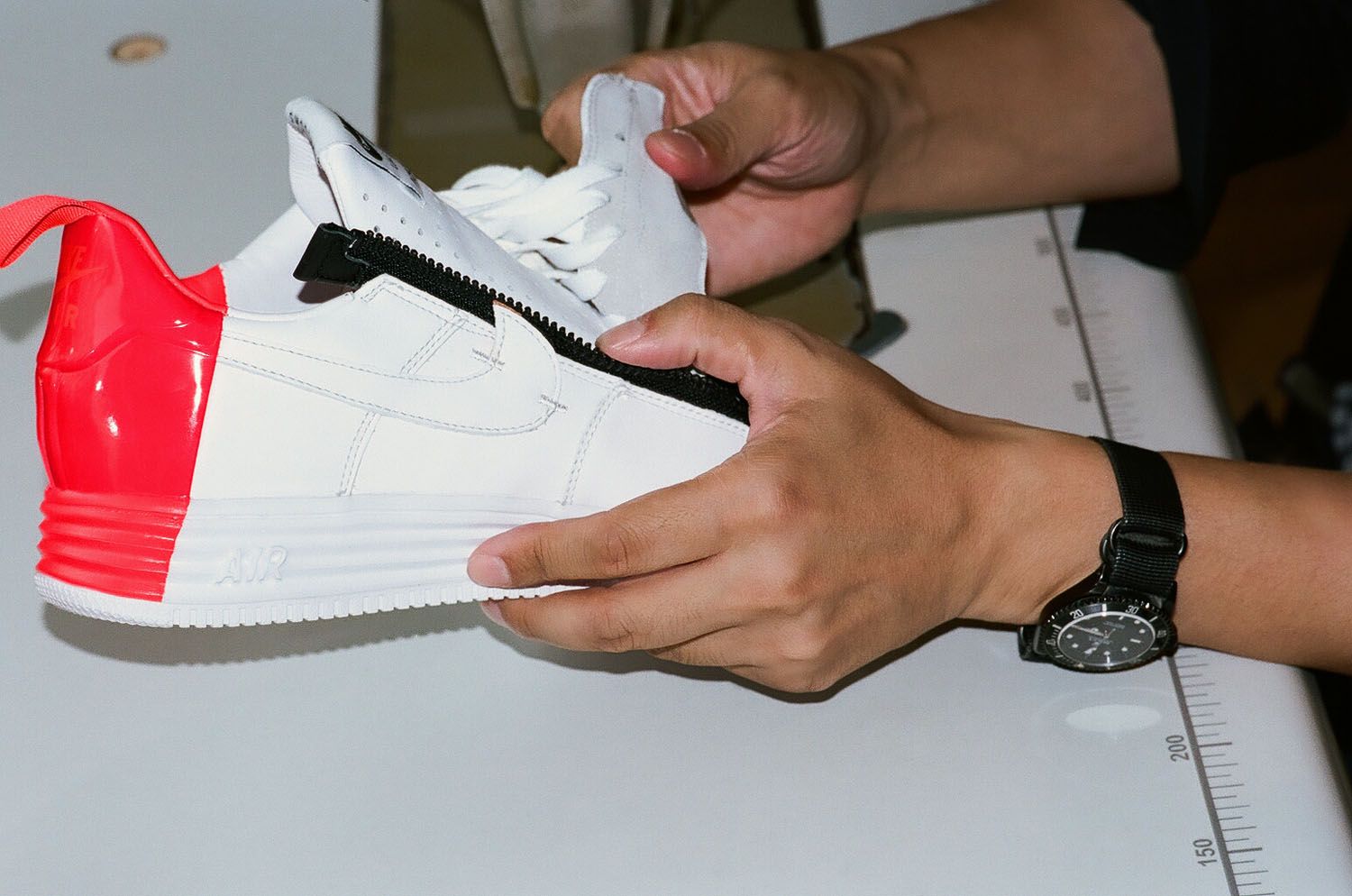
ACRONYM’s Functional Intervention on the NIKE Air Force One
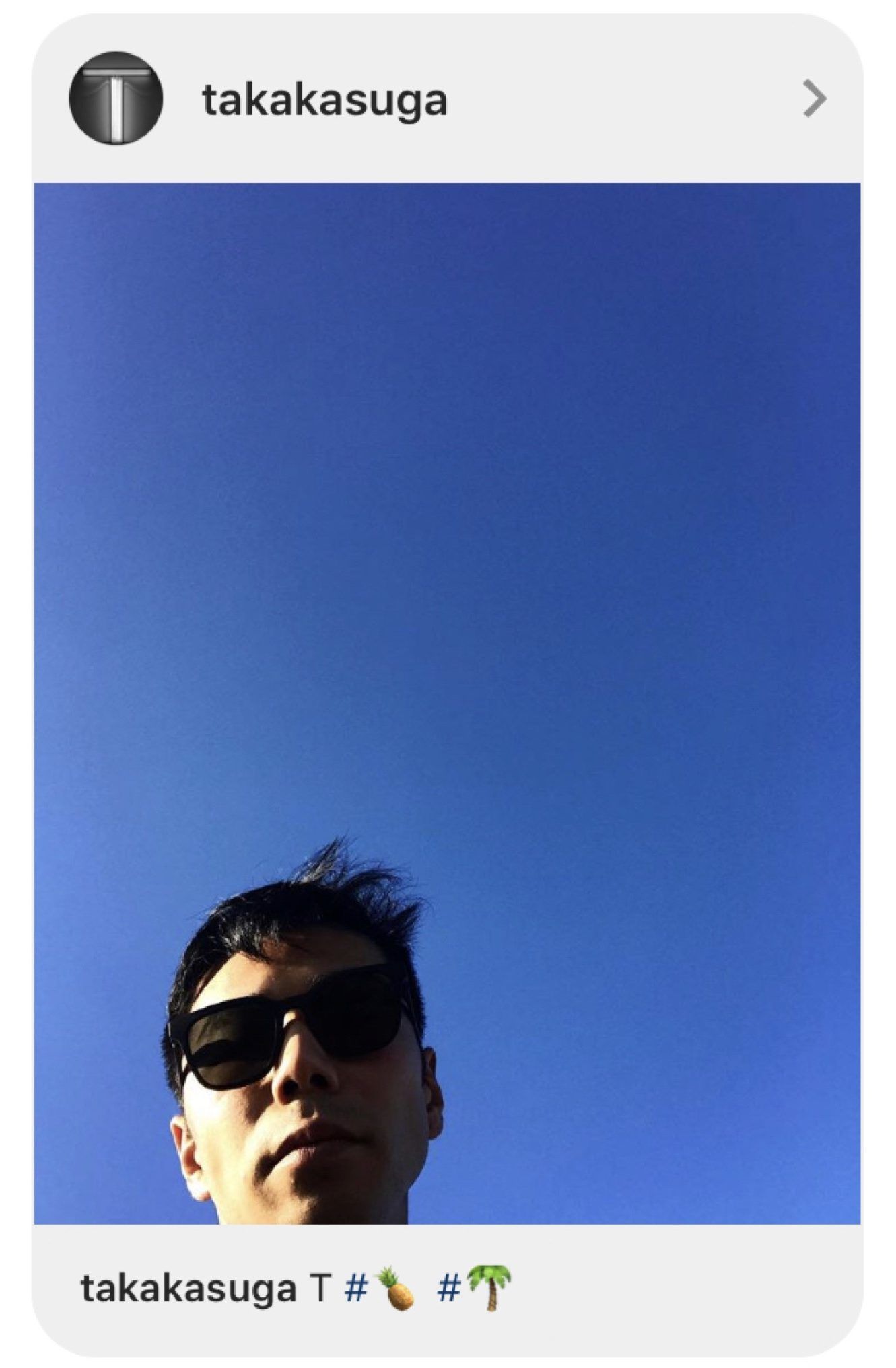
Techwear Summit: @organiclab.zip DMs TAKA KASUGA of @arcteryx @veilance

Gamifying Resistance: SPEKWORK’s Political Video Games
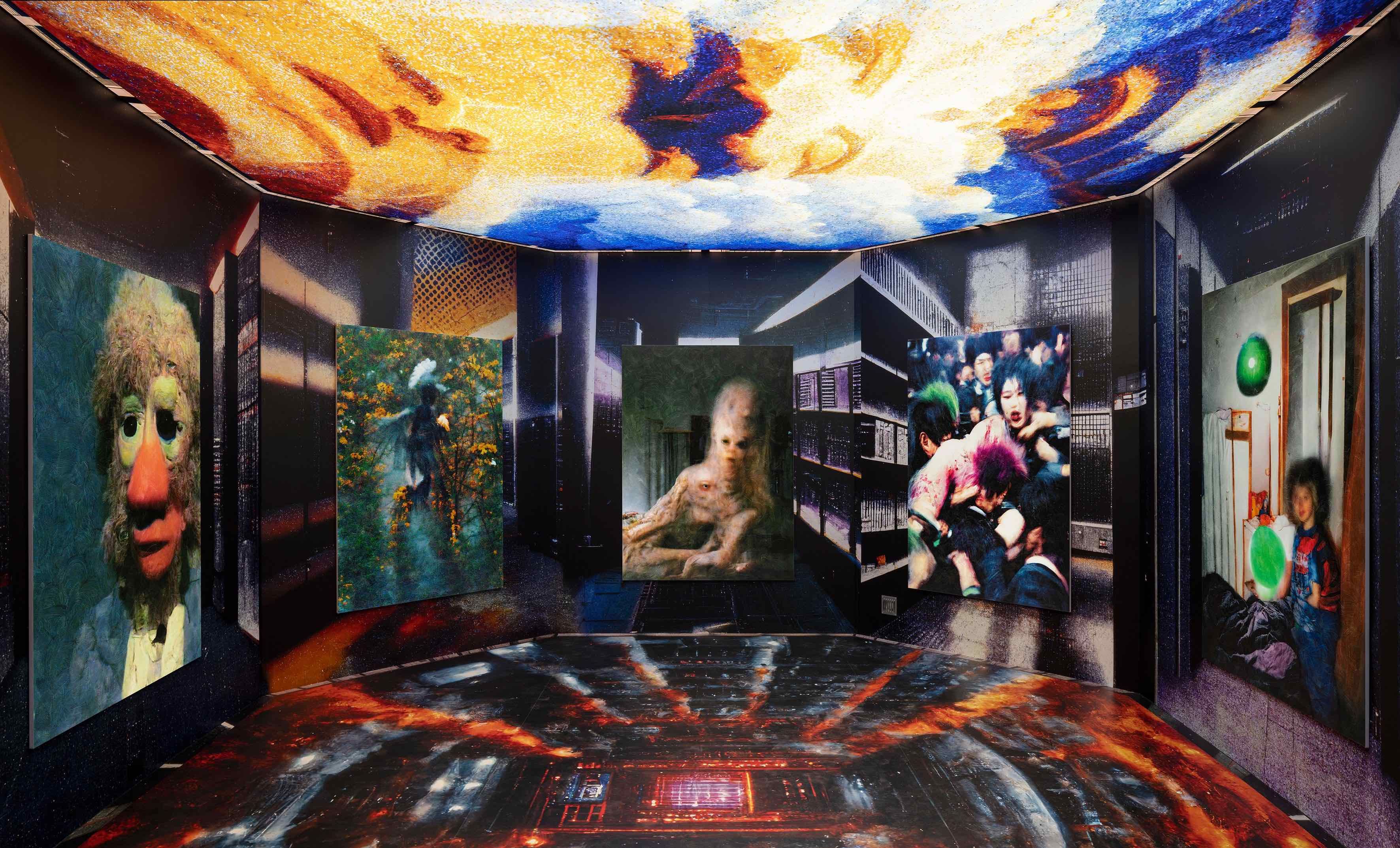
Finding Romance in the Grotesque: JON RAFMAN
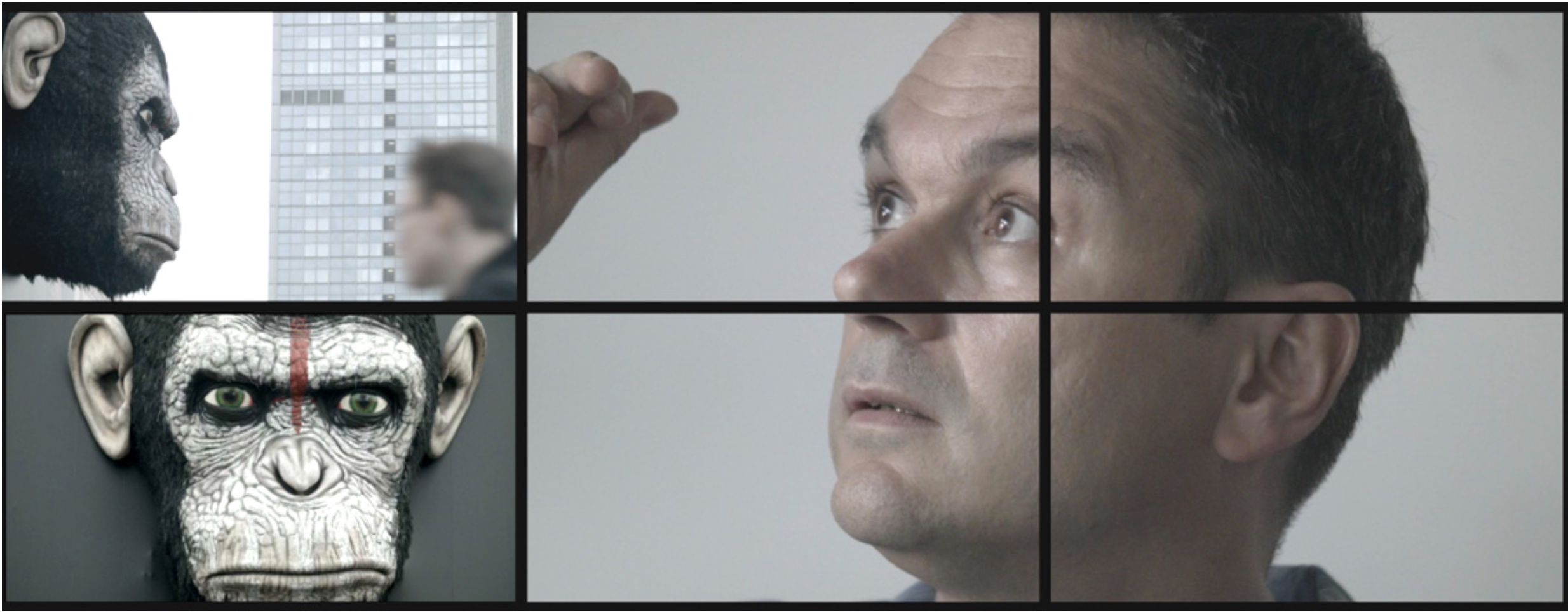
Truth is Science is Fiction: CHRISTOPHER ROTH and ARMEN AVANESSIAN’s “Hyperstition”
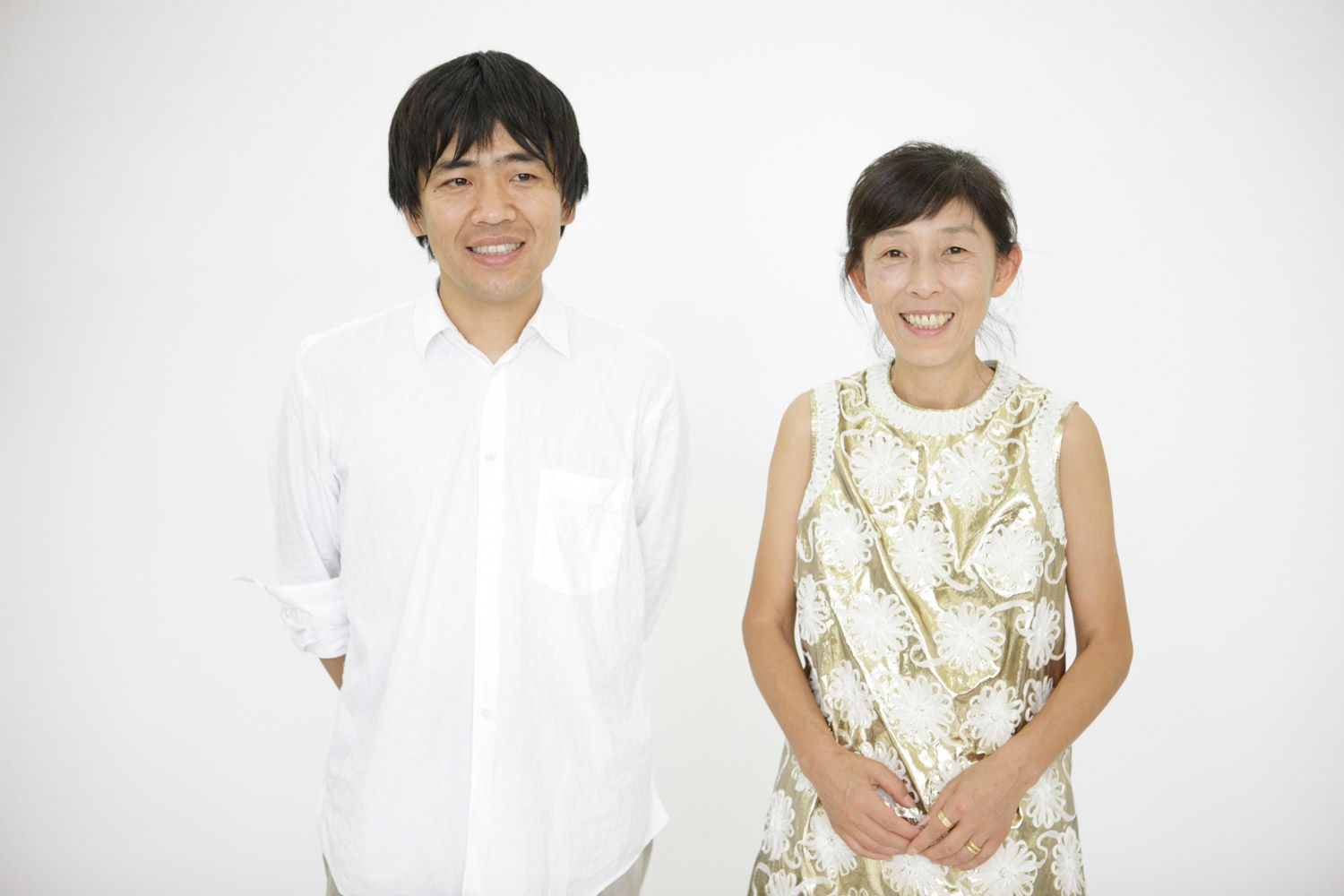
SANAA: Our Future Could Live Here
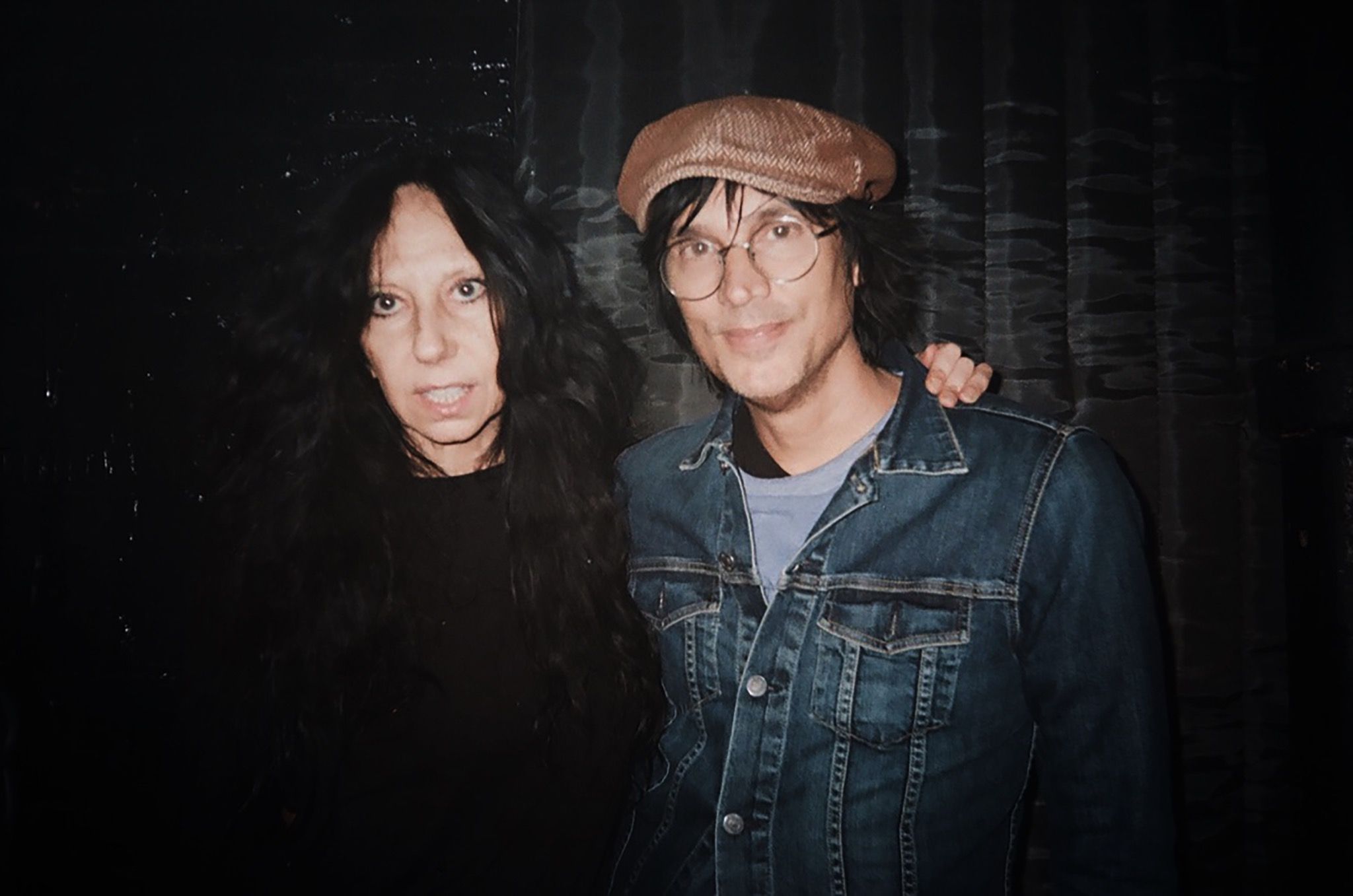
Body Performance: INEZ & VINOODH in Berlin

Touchscreen Abstract Expressionist KENTA COBAYASHI